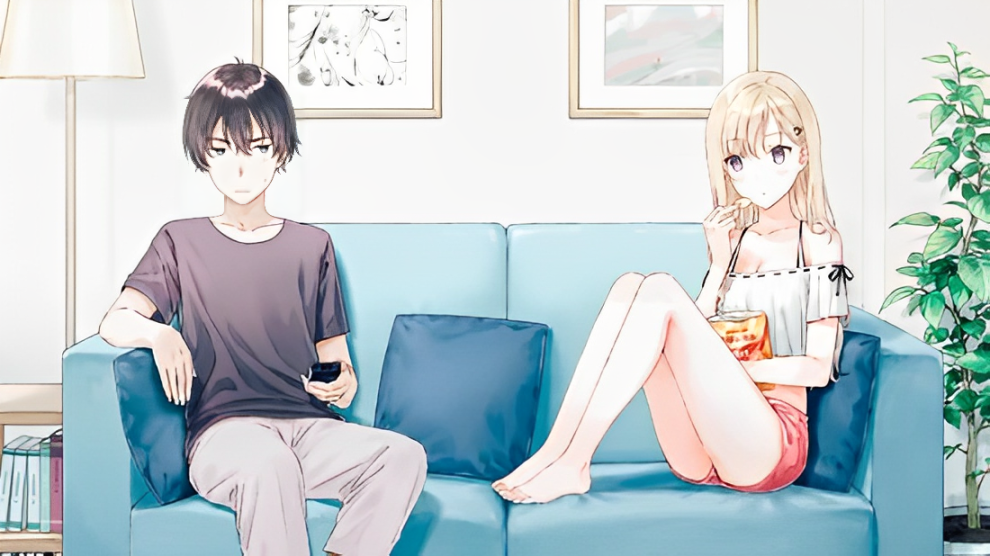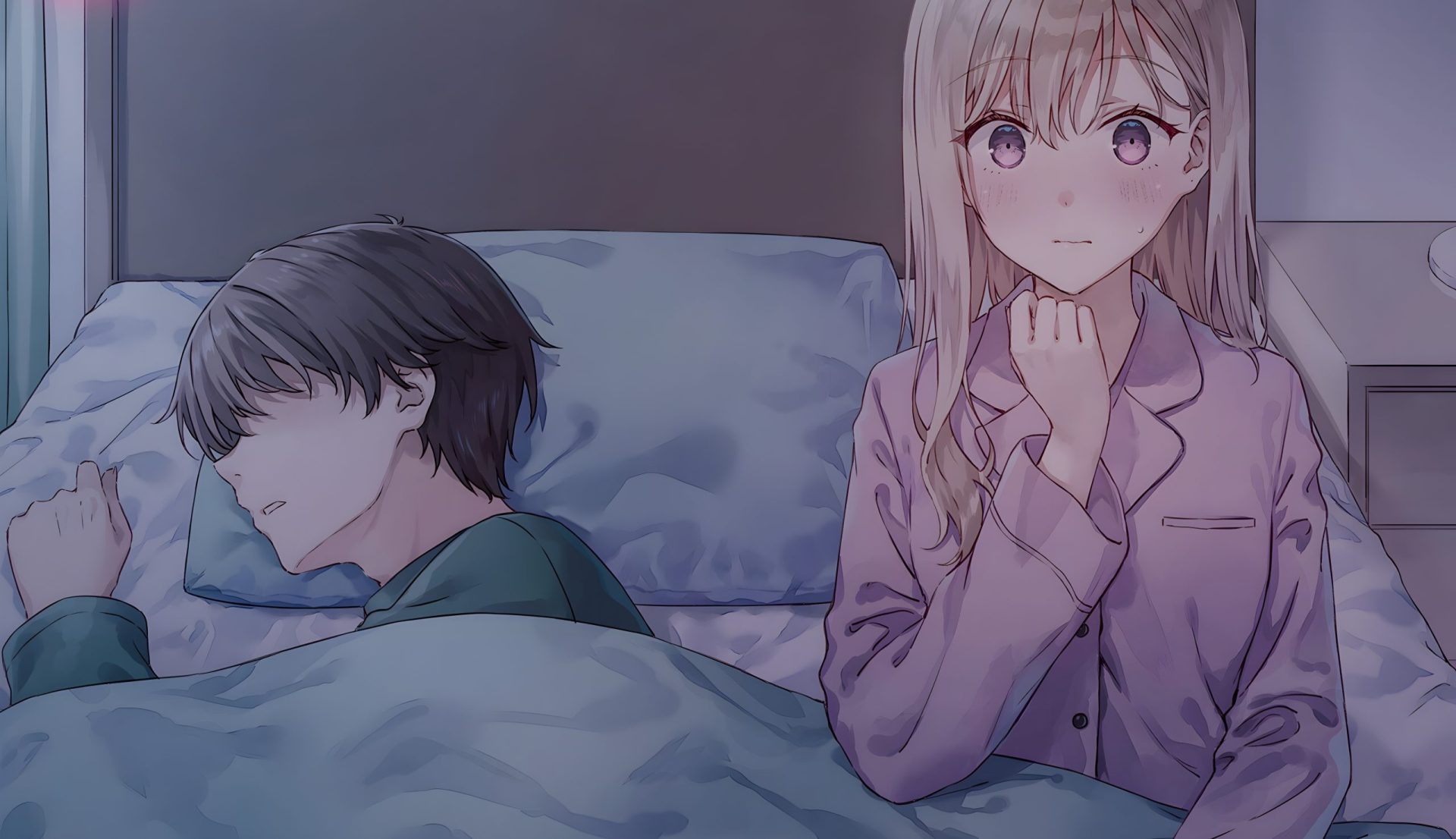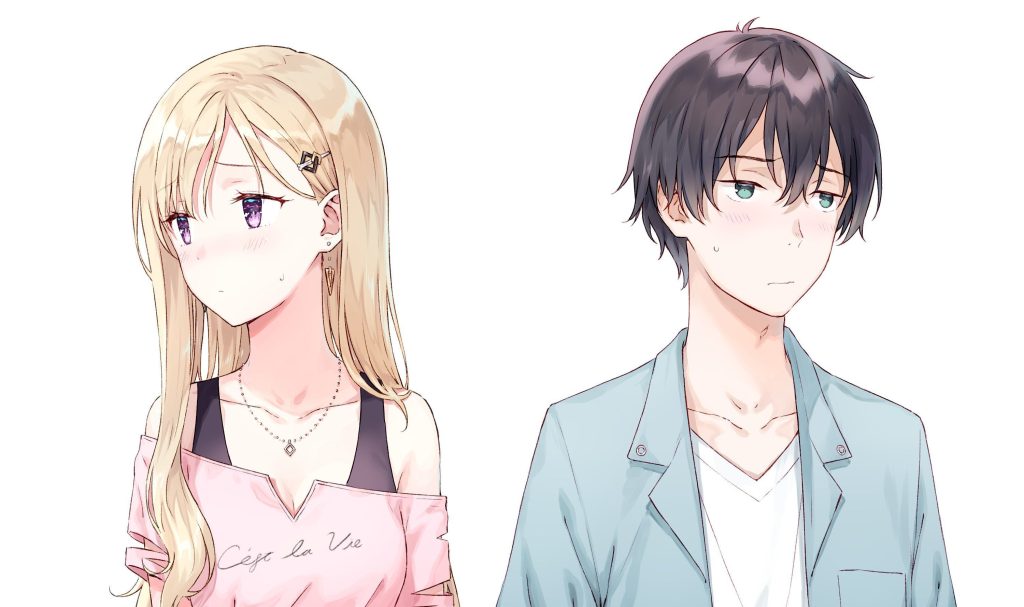Gimai Seikatsu: Light Novel vs Anime
Gimai Seikatsu (Days with My Stepsister) is a unique series available as both a light novel and an anime adaptation. Both formats explore themes of family, growth, and relationships, but they differ in depth and presentation. This comparison will dive into the nuances of Gimai Seikatsu: Light Novel vs Anime.
The Light Novel
Ghost Mikawa writes the light novel Gimai Seikatsu. It delves deeply into the psychological and emotional development of the main characters, Yuta Asamura and his stepsister, Saki Ayase. After their parents remarry, they navigate their new life together. They deal with past traumas and slowly build a bond. The light novel features detailed internal monologues and thorough exploration of the characters’ thoughts and feelings. This allows for a nuanced understanding of their evolving relationship. The slow-paced romance and realistic portrayal of their interactions are highlights. It is a favorite among readers who enjoy character-driven stories (Wikipedia) (MyAnimeList.net).
The Anime
Studio DEEN produces the anime adaptation of Gimai Seikatsu. The series focuses on day-to-day interactions between Yuta and Saki, emphasizing their growing bond through shared experiences. The anime’s portrayal is praised for its realistic approach, avoiding common tropes in similar “stepsibling” stories. The characters’ awkward yet endearing attempts to adjust to their new family dynamics are depicted with humor and heartfelt moments. The animation quality, voice acting, and musical score create an immersive and emotional atmosphere (MyAnimeList.net) (MyAnimeList.net).

Key Differences
Depth of Internal Monologue
The light novel provides extensive insight into the characters’ inner thoughts and motivations. The anime can only partially convey this through visual and auditory cues. The detailed internal monologues in the light novel allow readers to understand the characters’ deepest fears, hopes, and evolving feelings.
Pacing and Detail
The light novel’s slower pace allows for a more detailed exploration of events and character development. In contrast, the anime condenses these details to fit the episodic format, resulting in a faster storyline progression. This pacing difference means that the anime sometimes omits or shortens scenes that are more elaborated in the light novel. As a result, certain nuances and character developments are more apparent in the written version.
Visual and Auditory Experience
The anime uses visual storytelling and a compelling soundtrack to enhance the story’s emotional impact. Scenes described in detail in the light novel are brought to life through animation and voice acting, providing a different sensory experience. For instance, the anime can use background music and visual effects to convey moods and emotions that the light novel describes in text. The voice actors’ performances also add depth to the characters, making their interactions feel more immediate and engaging.
Adaptation Choices
As with many adaptations, certain scenes and dialogues are altered or omitted in the anime. These changes can affect the narrative’s depth and portrayal of specific moments, making the light novel a richer source for comprehensive character exploration. While the anime aims to capture the essence of the light novel, some details and subplots may be streamlined to fit the format. This can lead to a different but complementary experience between the two mediums.

Character Development
Yuta Asamura
In both the light novel and the anime, Yuta Asamura starts as a somewhat reserved and introverted character. His experiences with his parents’ troubled marriages have made him cautious and skeptical of close relationships. As he adjusts to living with his new stepsister, Saki, he gradually opens up and learns to trust again. The light novel provides a more in-depth look at his thought processes and internal struggles, while the anime highlights his external actions and interactions with Saki and other characters.
Saki Ayase
Saki Ayase, Yuta’s stepsister, is portrayed as confident and outgoing but also carries her own emotional scars. Her cheerful exterior often hides her insecurities and fears about forming new family bonds. The light novel delves into her backstory and feelings in greater detail, offering readers a deeper understanding of her motivations. The anime focuses on her interactions with Yuta and how their relationship evolves through everyday activities and shared experiences.
Conclusion
Both the light novel and the anime of Gimai Seikatsu offer compelling experiences with unique strengths. The light novel excels in providing deep psychological insights and a slow-paced, detailed narrative. The anime, on the other hand, offers a visually and aurally engaging interpretation that brings the characters and their story to life. Fans of the series can appreciate both formats for their contributions to the rich storytelling of Gimai Seikatsu.
For more detailed information about the series, explore the light novel and anime on platforms like MyAnimeList and AniList (Wikipedia) (AniList). Discover more about this series and other insightful analyses on Blinkanime for a deeper dive into the world of anime and manga.


